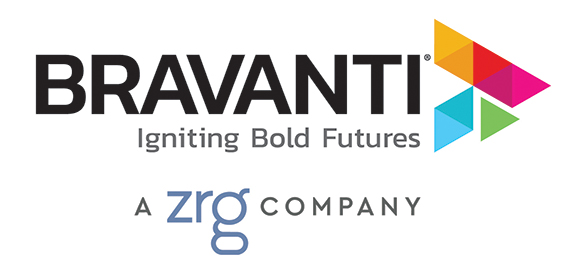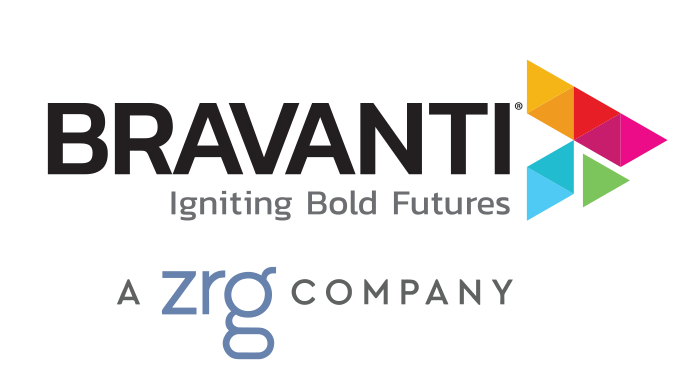By Mark Rossi
First it was automation and the advancement of technology; now it’s a global pandemic and its devastating effect on workforces. While the change drivers continue to shift, the need for upskilling and reskilling today’s workers has only grown in urgency and breadth. A 2020 McKinsey Global Survey revealed that 87% of executives and managers say their organizations either face skill gaps already or expect gaps to develop within the next five years—but less than half of respondents had a clear sense of how to address the problem.
This can be challenging to accept at a time when business continuity and change management are top priorities for most organizations. But should upskilling and reskilling take precedent over other talent initiatives? For many reasons, the answer is “yes.”
What is “Reskilling” and What is “Upskilling?”
While these terms have been around for some time, there remains a lot of confusion around what the definition of upskilling and reskilling is. In fact, it’s fairly common to see these terms used interchangeably, even by Learning & Development leaders.
Reskilling is the process of teaching an individual new skills for an entirely new job. Example: computer programming and AI have eliminated the need for certain factory jobs; those displaced workers can be reskilled to perform an entirely new function or job.
Upskilling is the process of supplementing or refining an individual’s existing skills in their current job to close skills gaps. Example: evolving roles and responsibilities present a need for new, relevant skills within an individual’s current job.
Why Are Upskilling and Reskilling Important?
As the global rate of change continues to accelerate, so does the need for relevant skills development. The skills gap concerns reported in the 2020 McKinsey Global Survey are not new. A 2018 study conducted by the Association for Talent Development showed similar results, with 83% of respondents reporting an existing skills gap in their organization and 78% believing their organization will have skills gaps in the future. Furthermore, a 2019 report from PwC revealed that 79% of CEOs saw a lack of essential skills as being a top concern and a threat to growth in their organizations.
In addition to the benefits employees receive from upskilling and reskilling initiatives, such as improved employability, ongoing development, and increased job security, there are a number of reasons why upskilling and reskilling are important for employers too. In the McKinsey survey, the most commonly cited reasons for upskilling and reskilling efforts were to enable the implementation of a new offering, business model, or strategy (57%) or to react to emerging technological disruptions (53%). At a time when the demand for specialists is giving way to a growing need for skilled generalists, up-leveling your employees’ skills is a mutually beneficial talent development strategy that builds depth and breadth into your teams. It improves organizational agility and enables you to make strategic pivots while rigid, less dynamic organizations fail to innovate.
This is never more apparent than today as we manage the fallout from a global pandemic, from which we’re only just beginning to see the ramifications on required and essential skills in the “next normal” workplace. While the need to maintain relevant, up-to-date skills and knowledge is imperative for both employers and employees, it’s especially true for transitioning workers.
Upskilling and Reskilling for Transitioning Workers
Much of the focus for upskilling and reskilling in organizations is for employed workforces as a way to minimize the need for external recruiting. For transitioning employees entering the job search, this presents an even greater challenge as they compete with a potential employer’s existing employees who may have received skills training.
In this regard, the need for skills development in transitioning employees has arguably never been greater, as it can mean the difference between yet another challenging job search and a positive career transition. With proof of valuable skills that fill prevalent gaps in areas such as leadership skills, technological proficiency, and so-called soft skills such as creativity, your outgoing workforce has the potential to experience faster landing rates and overall improved career opportunities.
Consequently, your organization’s commitment to equipping your transitioning employees with the most relevant occupational skillsets can create a positive outplacement experience. Because of this, upskilling and reskilling your transitioning worker isn’t just imperative to their professional success; it reduces unemployment costs, improves engagement with remaining employees, and positively impacts your employer brand.
Four Key Pillars to Building a Successful Upskilling and Reskilling Outplacement Program
Workforce restructuring is a challenging initiative in itself; adding an entirely new skills-based learning element to the mix might sound impossible. While this is an evolving concept in corporate America, there are four key pillars to building a successful upskilling and reskilling outplacement program:
Employment Market Trends & Insights
The first step to upskilling and reskilling your workforce is understanding employment trends and predicting the dynamic shifts in the global marketplace. These insights should inform your upskilling and reskilling strategy and used to forecast job trends relevant to your outgoing employees.
Cutting-Edge Learning Hub
To implement a successful upskilling and reskilling initiative, you must provide candidates with access to a library of relevant learning content. At BPI group, we provide all transition candidates with access to more than 15,000 technology and business-related courses through our partnership with LinkedIn’s Learning Hub. Ideally, your selected learning hub will provide content in different learning formats and certifications for skillset development.
Experienced Career Coach
Career development coaching is a core component of any outplacement initiative, especially for upskilling and reskilling. An experienced career coach can serve as a curriculum guide, using comprehensive tools and market knowledge to support individuals in developing a customized career plan that anticipates and adapts to future-focused job market realities. We help candidates clarify their short-term goals and long-term dreams and evaluate how they are positioned within their current skillset to achieve success, or where they might need to fill gaps.
Skills Learning Guidance
While a career coach guides the process of building and executing a career plan, it’s also critical for candidates to have access to a learning expert. By considering a candidate’s professional goals, learning style, and available time, a learning consultant can support an outplacement candidate in developing a learning plan that is realistic and accomplishable. Our skills learning consultants work closely with our career coaches to identify the best-fit courses and provide relevant recommendations.
The Path to Improved Employability with Upskilling and Reskilling
As the number of skills required for a single job increases by approximately 10% each year, the modern worker is in a uniquely challenging position. This is especially true for transitioning workers. But as their employer, you can help your outgoing employees make this a unique opportunity for growth and professional development. As they embark on the last step of their employment journey with you, equip them with the skills and opportunities to make it a lasting positive impression of your company.
About Mark Rossi
Mark is the Vice President of Business Development in the Outplacement and Career Transition practice. In his role, Rossi develops and nurtures client partnerships for Bravanti. For more information on Bravanti’s upskilling and reskilling services, please contact Mark at mrossi@bravanti.com or +1.312.334.3809.
Content Related to Shifting Skills for a Shifting Workplace: Upskilling & Reskilling for Transitioning Workforces
So, What Are Outplacement Services, Exactly?
When “Shelter in Job” Isn’t an Option, Outplacement Services Bridge the Gap
Providing Outplacement Services with Consistency & Responsiveness

